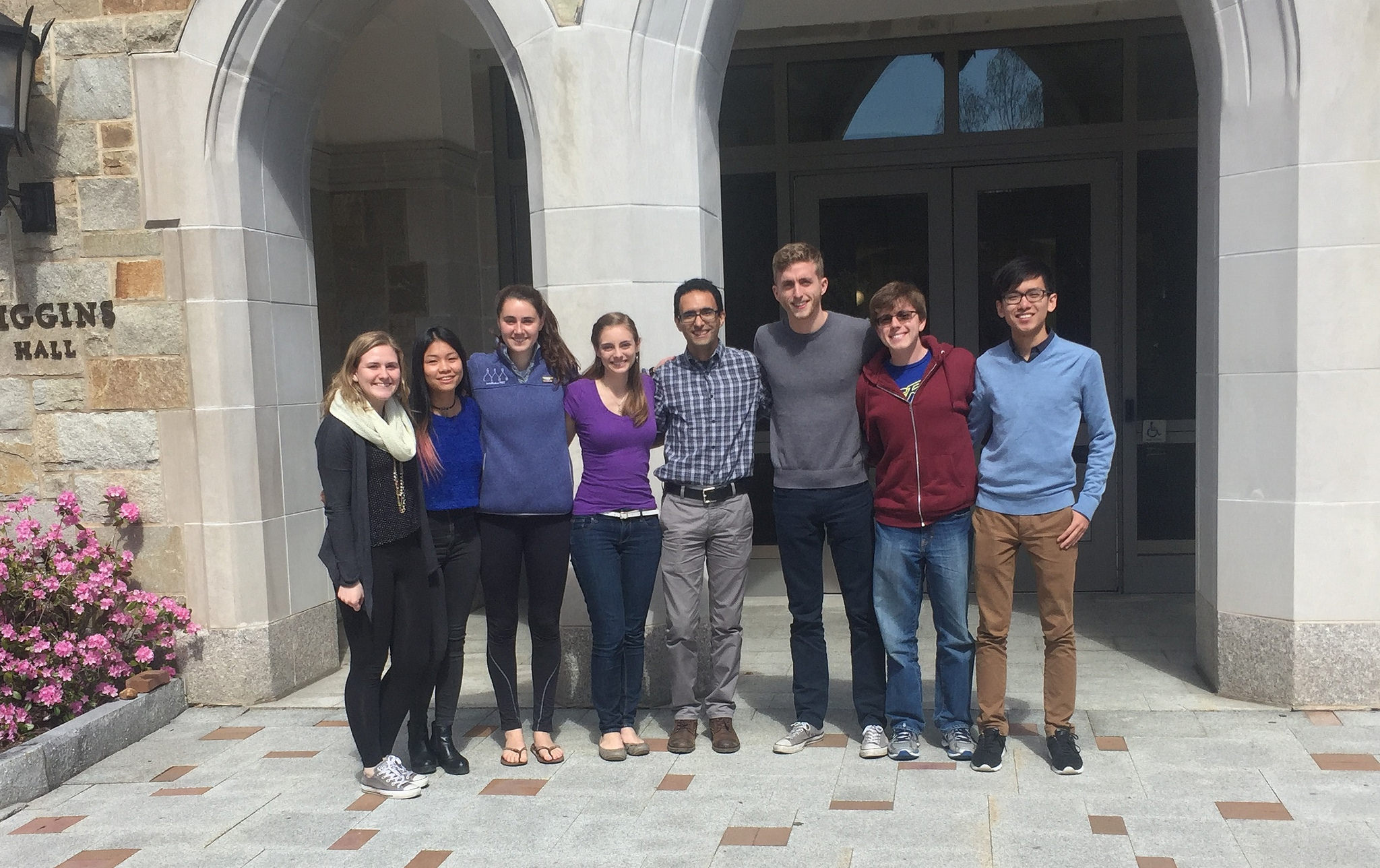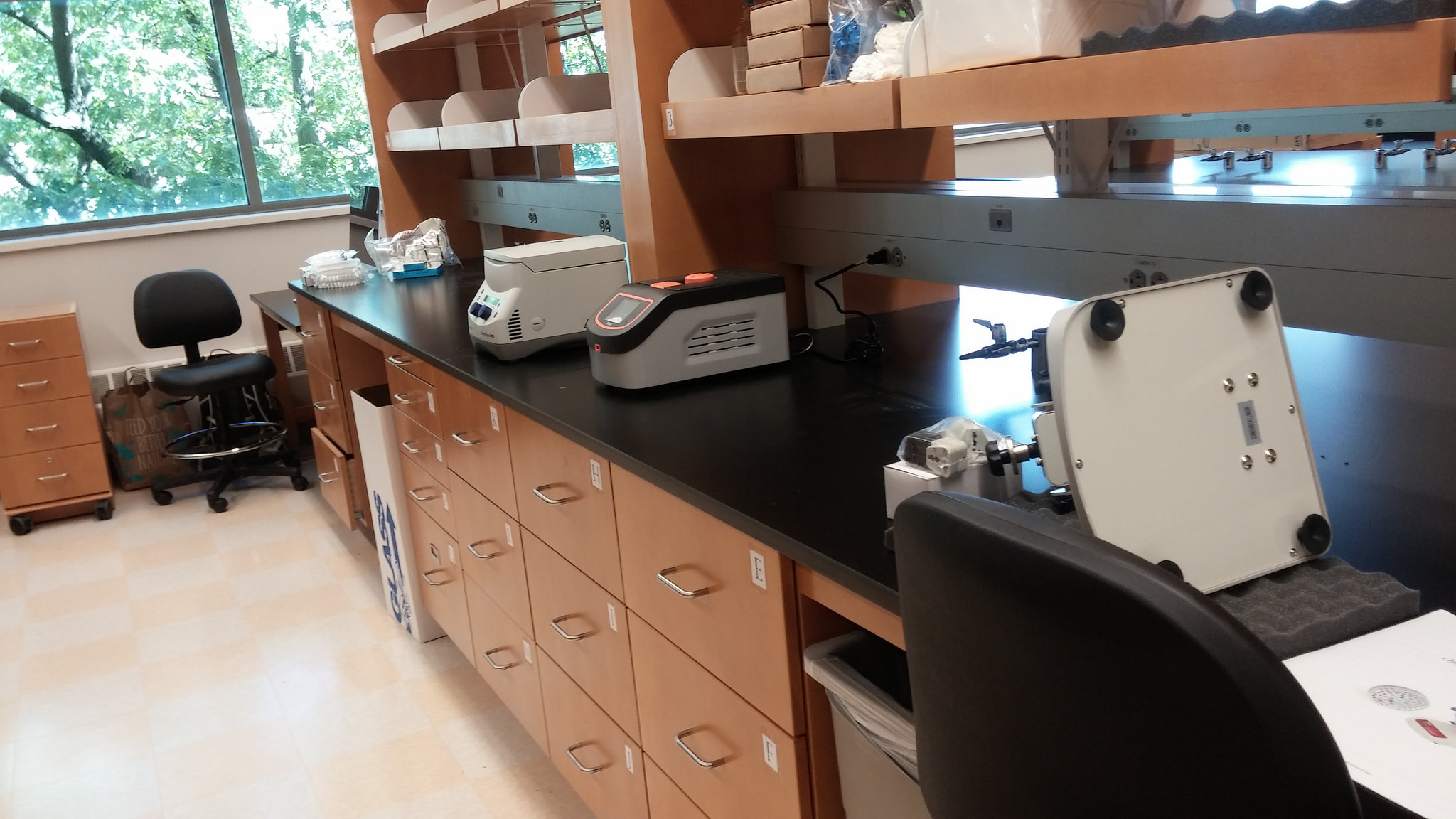Journal Club: November 5
/This week, members of the Momeni Lab Journal Club discussed the paper “Candida albicans-Induced Epithelial Damage Mediates Translocation through Intestinal Barrier” by Allert and Forster. Allert and colleagues effectively determined the mechanism for how the fungal pathogen C. albicans, usually a harmless fungus colonizing human mucosae, translocates across the intestinal barrier to cause lethal bloodstream infections.
According to the paper, the authors conducted a screen of greater than 2,000 C. albicans deletion mutants to identify genes required for cellular damage and translocation across enterocytes. Analysis isolated the answer of how C.albicans is able to participate in transcellular translocation to hypha formation, barrier damage above a minimum threshold level, and decreased epithelial integrity. In vitro cell culture models concluded that translocation was correlated with the ability of the C. albicans to secrete candidalysin, a peptide toxin deriving from the hyphal protein Ece1. The cytolytic peptide toxin was found to be essential for damage of enterocytes and was proven to be a key factor in fungal translocation due to its ability to take advantage of a necrotic weakened epithelium. Overall, this suggests that transcellular translocation of C. albicans through intestinal layers is mediated by candidalysin.
This conclusion is important background information for research performed at the Momeni lab. Currently, we are conducting research looking at the spatial ecology of interactions between C. albicans and Staphylococcus aureus. More information about the paper discussed this week can be found here:
https://mbio.asm.org/content/9/3/e00915-18








